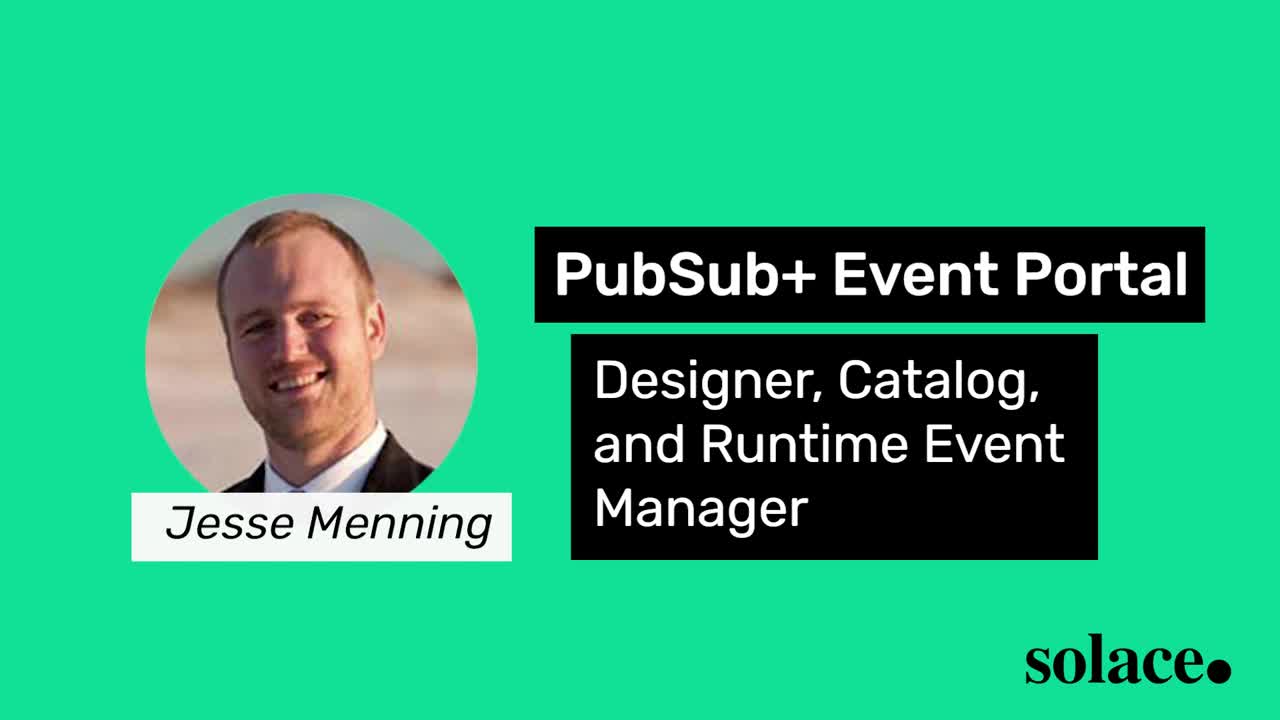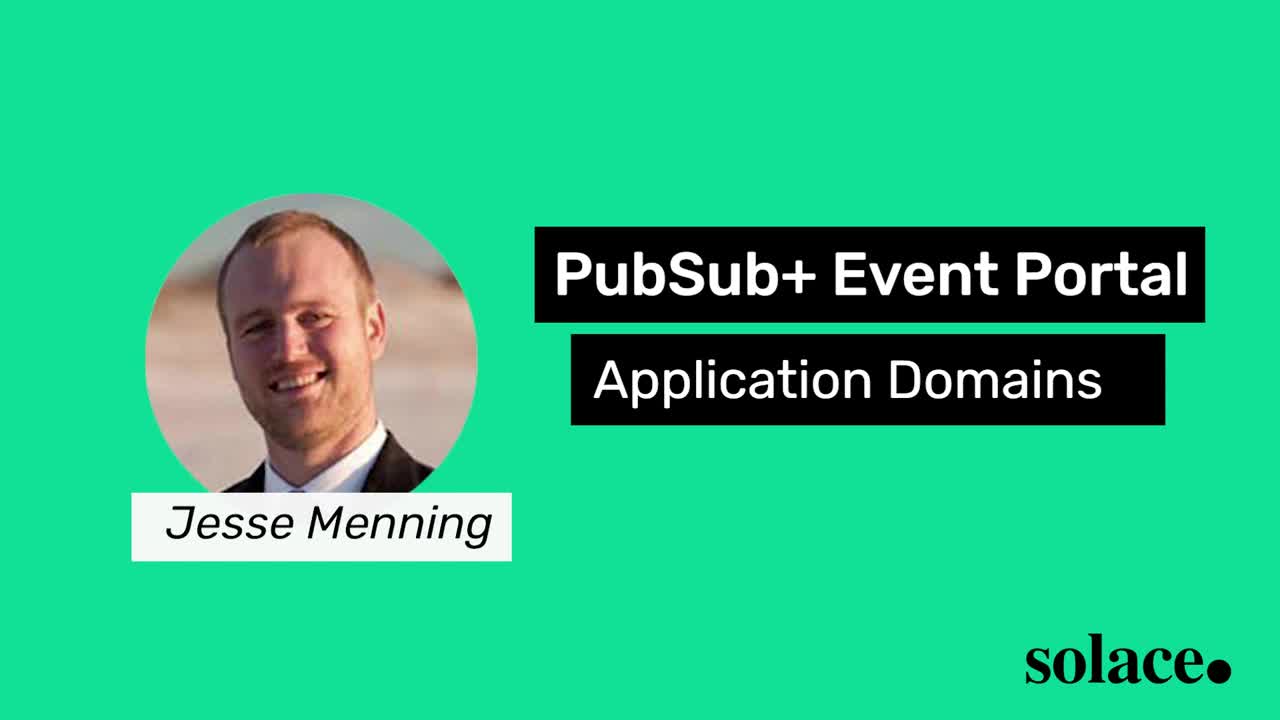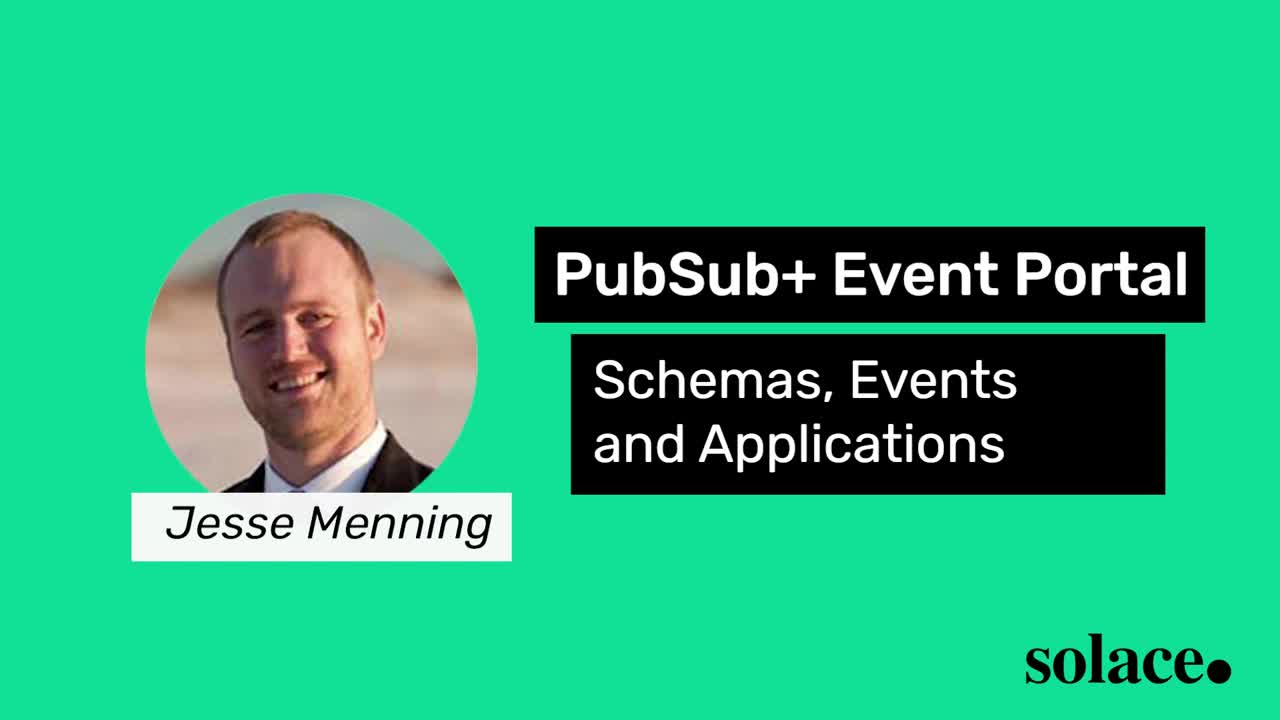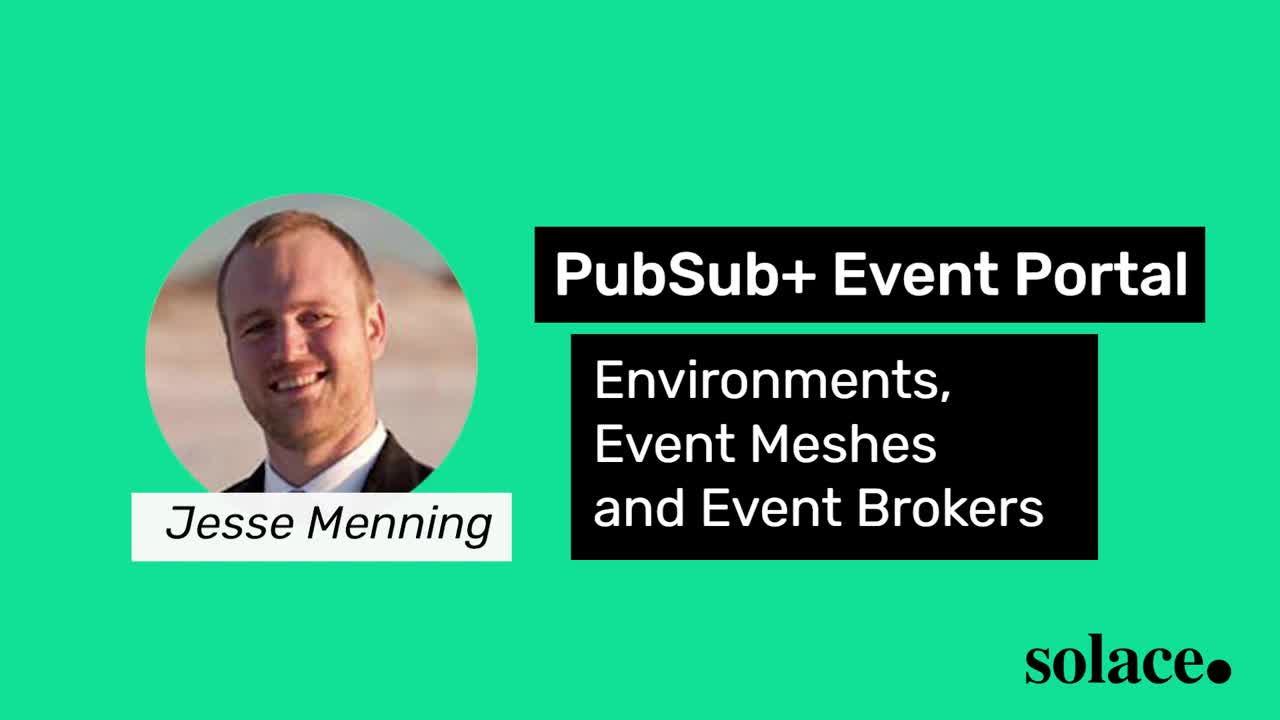Introduction
Event-driven architecture (EDA) promises speed, scale, and agility — but many organizations struggle to realize that vision. Developers can’t easily discover or reuse events. Platform teams get bottlenecked manually configuring brokers, while also trying to enforce consistency and governance. The result? Slow adoption, siloed implementations, and missed opportunities
Solace Event Portal changes that — it acts as your command center for EDA, giving developers and integration teams a single place to design, discover, govern, and share events. The payoff:
- Developers find and reuse existing events instead of rebuilding from scratch.
- Platform teams automate broker configuration and apply governance without friction.
- The whole organization sees faster adoption, consistent practices, and better ROI from event-driven systems.
Tools
How Event Portal Helps You Work Smarter
Event Portal gives you four key tools to design, manage, and govern your event-driven ecosystem.

Get a guided tour of the four key tools in Solace Event Portal: Designer, Catalog, Runtime Event Manager, and KPI Dashboard.
This video shows how they work together to help you design event-driven applications, discover and reuse events, sync design and runtime, and measure adoption.

Components
The building blocks you’ll use when working with Solace Event Portal
To work effectively in Event Portal, it helps to understand the core objects you’ll interact with.
Application Domains

Organize your system into manageable slices — by team, business unit, microservice, or logical grouping. Domains give you both clarity and control by managing access and ownership within each boundary. Learn how domains keep your event-driven system organized, controlled, and scalable.

Applications, Schemas, and Events

- Applications are the producers and consumers of events (services, microservices, IoT devices, external systems).
- Events represent meaningful business moments (like an order placed or a shipment delivered).
- Schemas define the events payload structure, ensuring data included is clear and can be parsed by downstream applications.
Together, these objects create a shared, governed language for how your systems talk to each other.

Environments, Event Brokers and Modeled Event Meshes

- Environments reflect your SDLC stages (dev, test, UAT, prod).
- Event Brokers move events efficiently between producers and consumers. The event brokers in Event Portal map to the actual event brokers in your runtime.
- Modeled Event Meshes give you a visual representation of your EDA and how your applications and systems interact in each of your runtime environments.
Watch this video to see how to map your real-world event infrastructure into Event Portal for clarity and control.

What’s Next
Now that you understand what Solace Event Portal is, how it works, and why it matters, you’re ready to start using it. Move on to our Getting Started Guide to learn how to design your event-driven applications, promote them to runtime, and maximize reuse across your enterprise.

